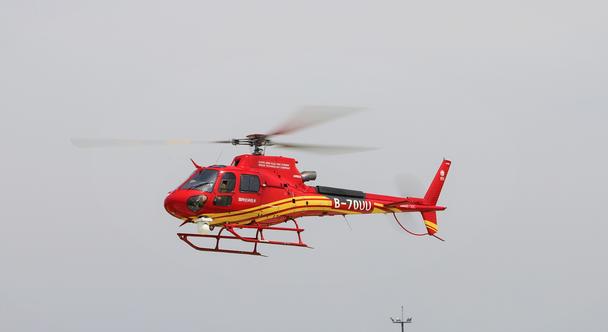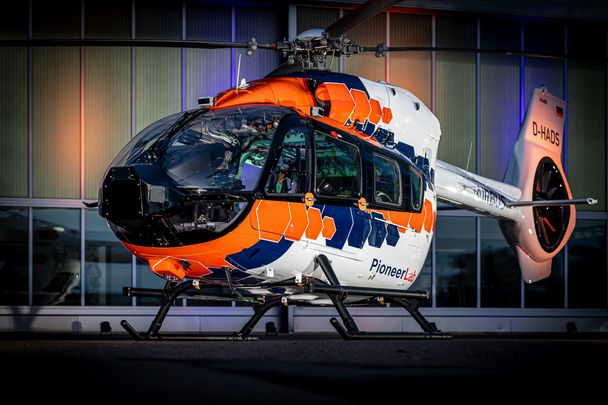Airbus Helicopters introduces first American-made military versions of the H125
MAG Aerospace to design and certify flexible weapons installation, allowing rapid reconfiguration
GRAND PRAIRIE, Texas, Airbus Helicopters is introducing the first U.S.-built
H125 military configurations, known as
AH-125 and MH-125 Ares, to the Airbus range of military helicopters. These combat-capable aircraft will feature militarized options that meet the needs of military and parapublic allies and partners around the world.
The AH-125 Ares will be configured as the armed variant of the helicopter, while the MH-125 Ares will be configured as a multi-role helicopter capable of a wide range of operations. The new offerings complement the extensive line of military helicopters already produced by Airbus, including the H125M.
“The AH-125 and MH-125 Ares helicopters will offer the capability, reliability and flexibility needed by America’s allies and partners as they perform an array of rotary wing missions, ranging from light attack to disaster response and other parapublic missions,” said Scott Tumpak, Vice President of Military Line of Business for Airbus U.S. Space and Defense. “They represent the latest evolution of Airbus’ H125 family of helicopters, and will be produced in the U.S. at Airbus Helicopters, Inc.’s facility in Columbus, Mississippi.”
Globally, the H125 family accounts for almost 80% of the single-engine market and has the highest number of certified modifications (supplemental type certificates) available. With the new addition of a flexible weapons capability, the H125 helicopter will easily be re-configured between multiple mission sets in less than 30 minutes, ranging between light attack, air assault, search and rescue, casualty evacuation, and disaster response, as well as other combat and parapublic operations.
MAG Aerospace will perform the weapons installation design, engineering, certification and manufacturing. The helicopter will accommodate a wide range of weapons such as a .50 cal (12.7 mm) gun and unguided rockets, and precision-guided weapons as a growth option. The installation allows for doors-on flight throughout the mission.
“MAG Aerospace is thrilled to team with Airbus to combine our unique platform engineering and modification capabilities with the world-class leader in the single-engine helicopter market. It’s an honor to work with Airbus and expand our ability to serve our partners in the U.S. and around the world,” said Matt Bartlett, President of MAG Aerospace.
The H125 is the world’s top-selling helicopter with a long history of use by U.S. law enforcement and government agencies. Currently, the H125 is the light enforcement helicopter used by U.S. Customs and Border Protection, with more than 100 H125 family aircraft in service, making the U.S. government the single largest customer and operator of the aircraft.
Airbus provides a range of reliable and versatile helicopters to the U.S. government and military, enabling them to perform a wide variety of missions. More than 480 UH-72A and UH-72B Lakota helicopters have been delivered to the U.S. Army and National Guard since the program began in 2006. Airbus also continues to support the U.S. Coast Guard’s fleet of nearly 100 MH-65 helicopters, which play a critical role in the USCG’s homeland security, drug interdiction and lifesaving missions.
 www.airbus.com
www.airbus.com





